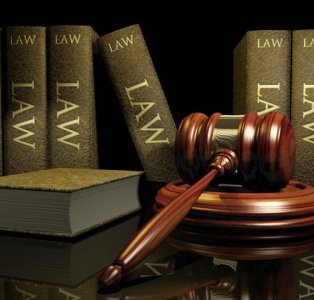Mold Inspection Done Accurately is Half the Battle Won!
The first sign of household mold contamination is usually a distinctive musty odor. This odor may be quite elusive, however, and may very well go undetected. If you do detect a musty odor, and cannot see any other signs of mold, please do not brush off the possibility of mold contamination. Odds are that you do have hidden mold in your home or building. If there’s one thing you should know about indoor mold, it is that mold is notorious for growing in hidden areas, and still producing hazardous effects.
So, do call us, today, for a mold inspections consultant’s reference at the following Toll Free Number: (954)653-2171
Once we have had a chat with you, it is possible that we may already be quite sure you have a mold problem. If you like, we can send our certified mold inspectors for a FREE preliminary household mold inspection, either way. We then refer you to an independent mold inspections consultant, in your area. You may alternatively call any other mold inspector of your choice. However, do make sure that the mold inspector you choose is certified to do the job, and is authorized to give you all the documentation you will require, for smooth processing of your insurance claims. Besides helping you avoid insurance hassles, proper indoor and outdoor mold inspection is essential to the effectiveness of the mold remediation process.
What Information You Should Ask Your Mold Inspection Consultant to Provide You in the Detailed Report –
– All site visit findings
– Photographs of exact locations of mold / mold infestation
– Detailed measurements of mould contaminated surfaces
– Details about the type of mold contamination at various sites, backed by mold testing reports
– A detailed outline of the scope of work required
– Recommendations
On-Site Mold Inspections Tools and Procedures:
1) Infrared Camera –
The use of the infrared camera has been instrumental in improving the quality of mold detection and remediation, today. It has proven to be the single most important on-site diagnostic tool to determine the extent of mold contamination, because it captures what the eye cannot. Whether detecting hidden mold in walls, ceilings and under flooring, or identifying areas susceptible to future mold growth because of hidden water leakage, the infrared camera does it all!
2) Moisture Detection Device –
Your mold inspectors should come armed with a moisture detection device. This should be used to thoroughly gauge moisture levels on all surfaces. Moisture levels beyond a certain point indicate the likelihood of mold growth.
3) Airborne Mold Detection Kit –
Here, mold testing films are used to detect the level of airborne mold contamination in each room of your property. This is an important method of toxic black mold inspection, because airborne mold spores are invisible to the eye.
Remember that mold inspection and testing should go hand in hand. If on-site mold inspection shows mold growth on your property, your mold inspection consultant should collect swab samples of mold, and samples of air from several areas of your property. This needs to be sent to a laboratory for a detailed analysis of the types of mold spores.





